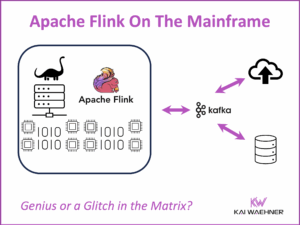Comparison of Stream Processing Frameworks and Products
See how stream processing / streaming analytics frameworks (e.g. Apache Spark, Apache Flink, Amazon Kinesis) and products (e.g. TIBCO StreamBase, Software AG’s Apama, IBM InfoSphere Streams) are categorized and compared. Besides, understand how stream processing is related to Big Data platforms such as Apache Hadoop and machine learning (e.g. R, SAS, MATLAB).





